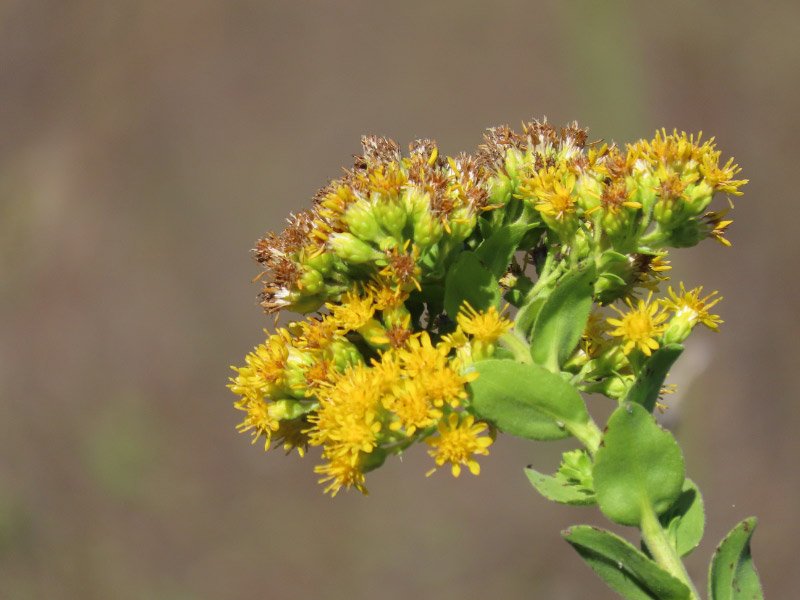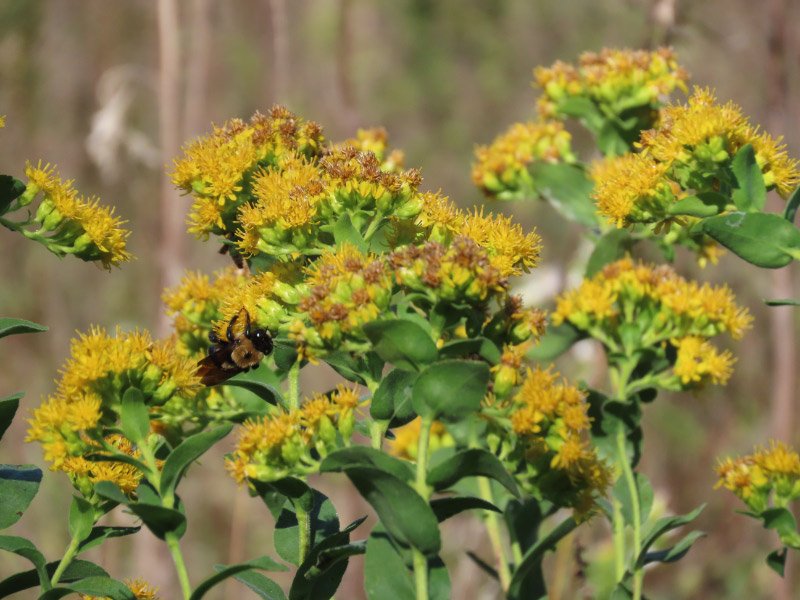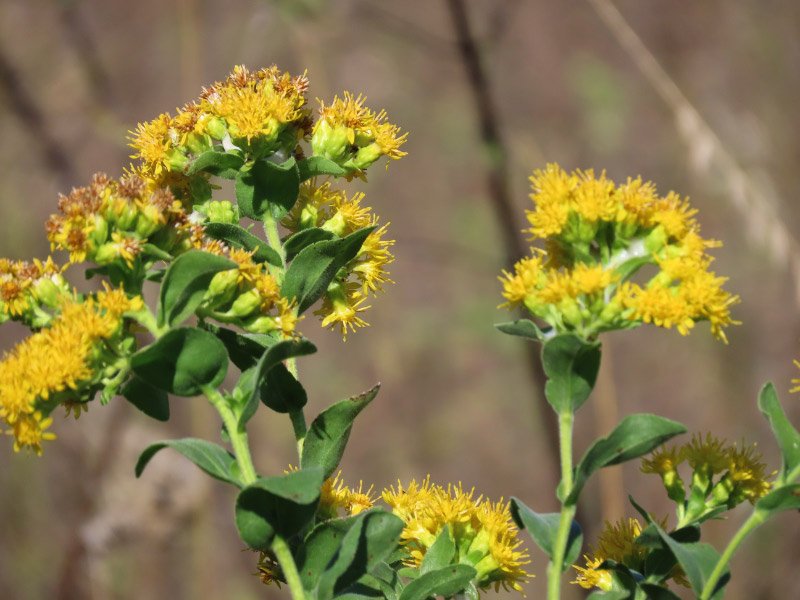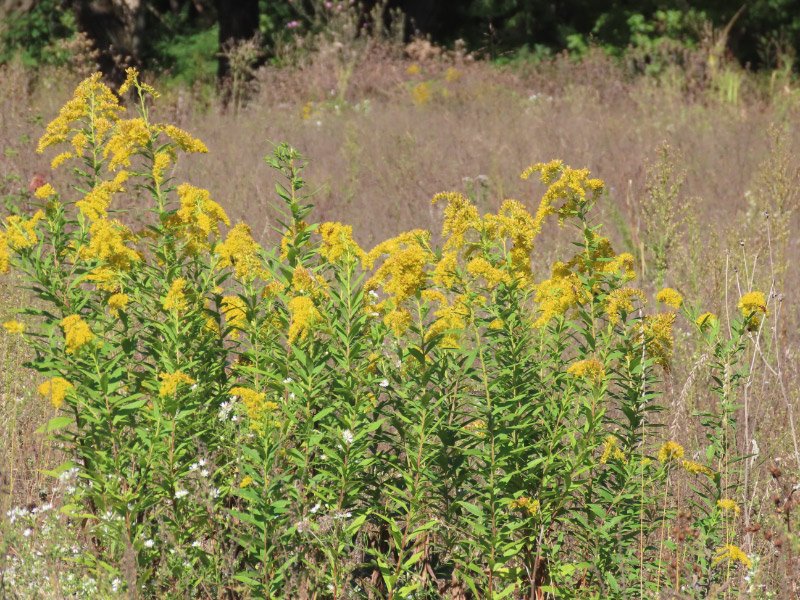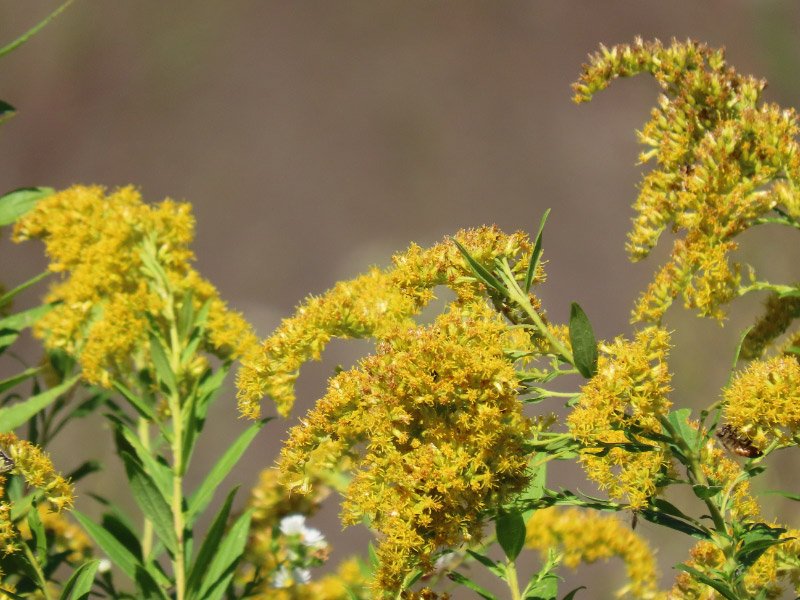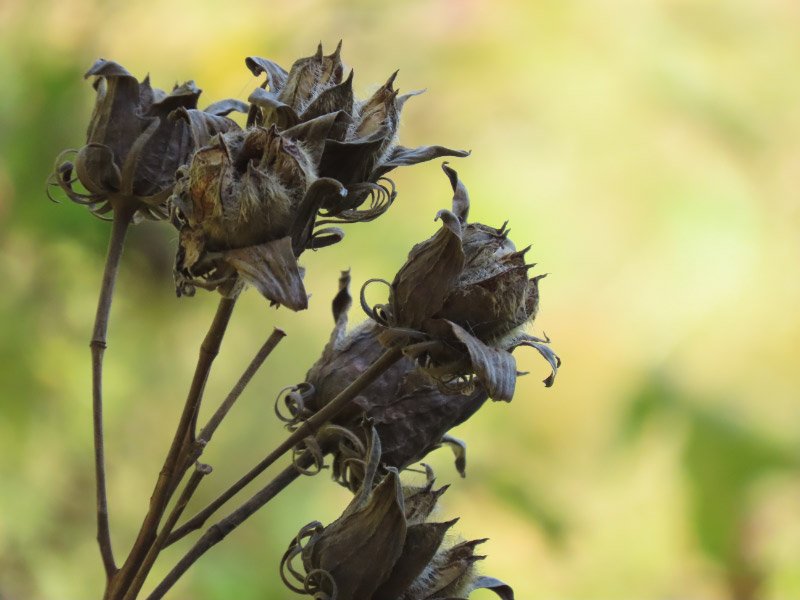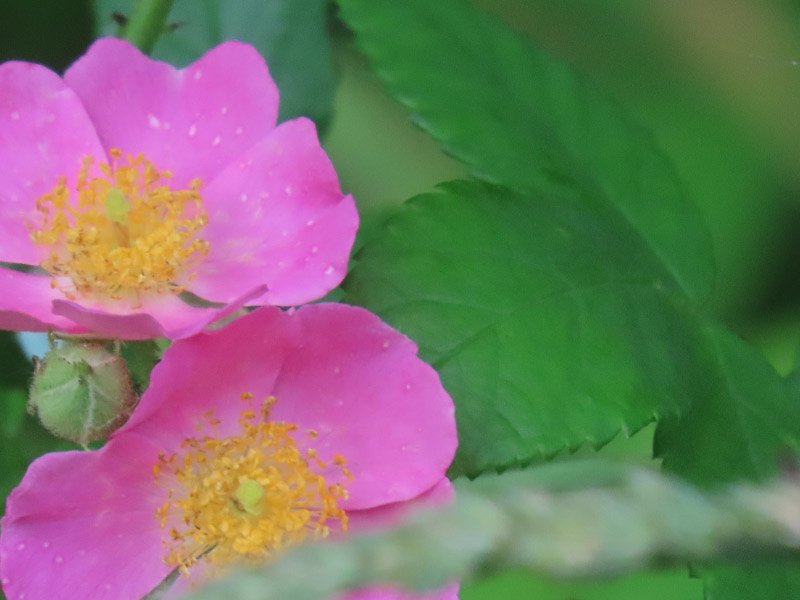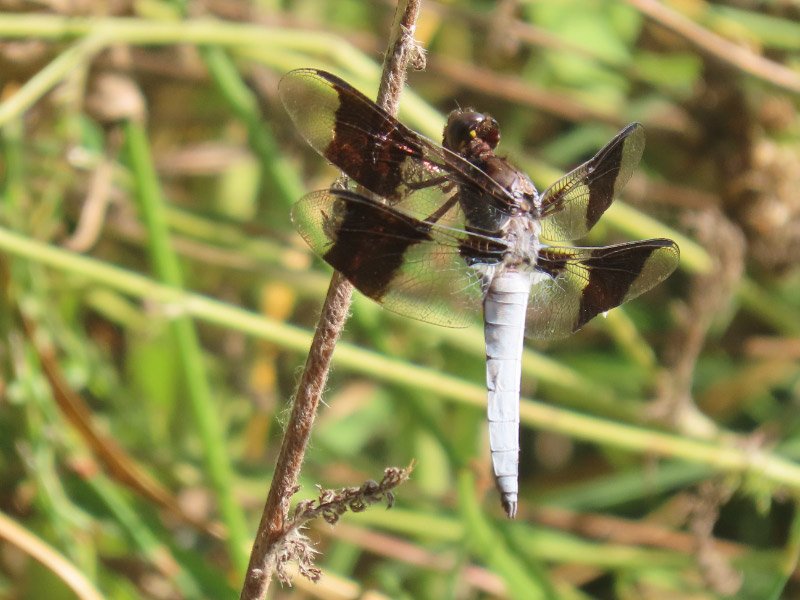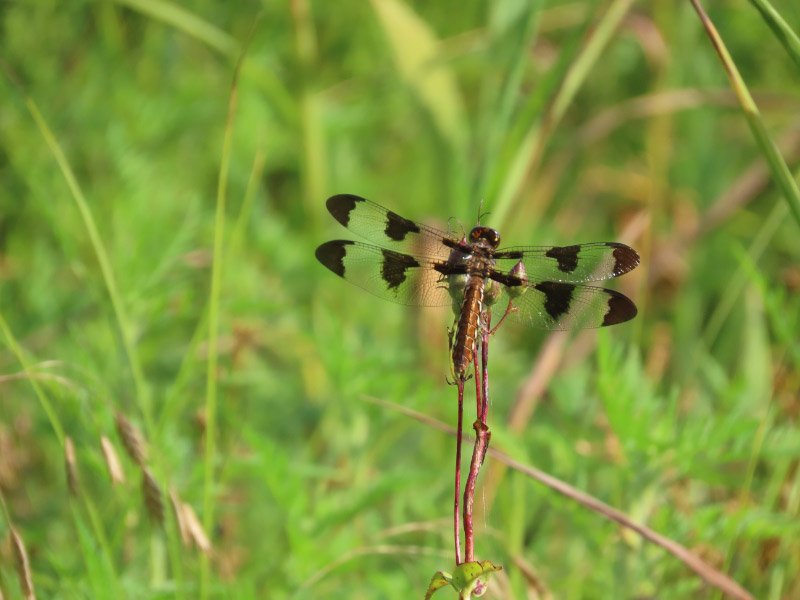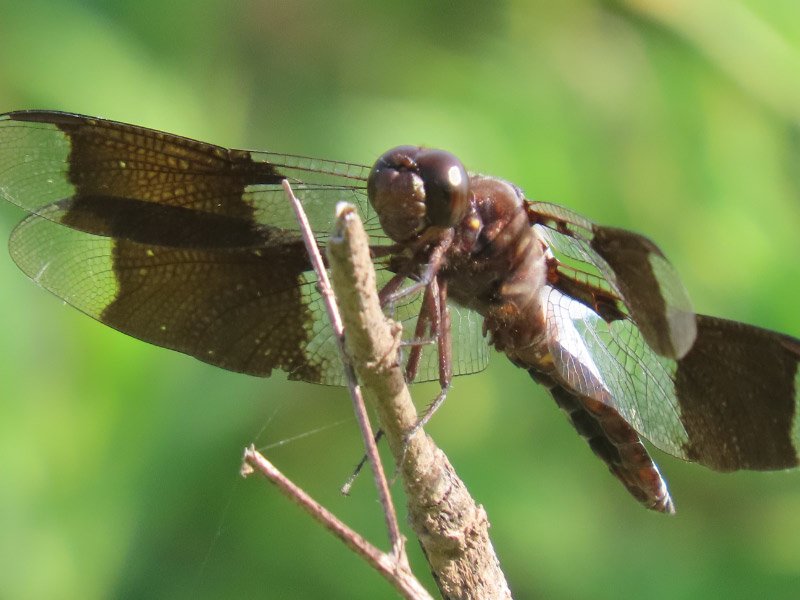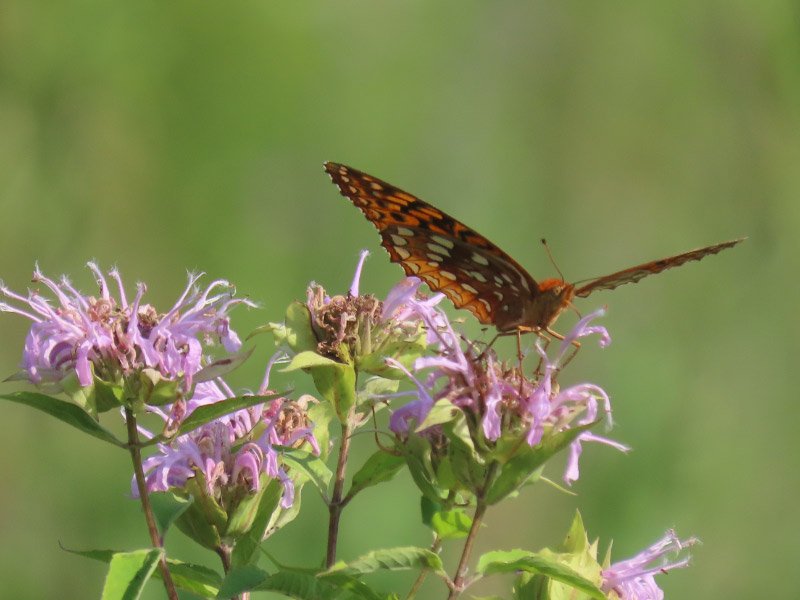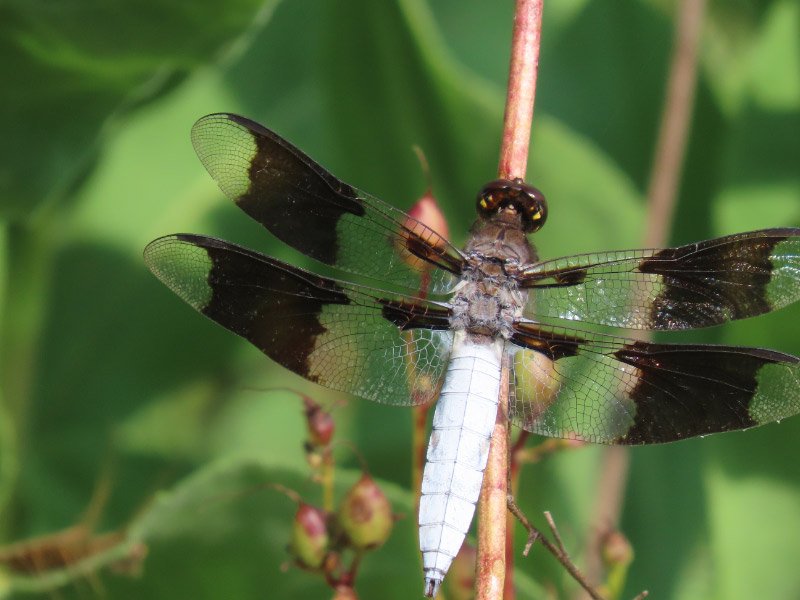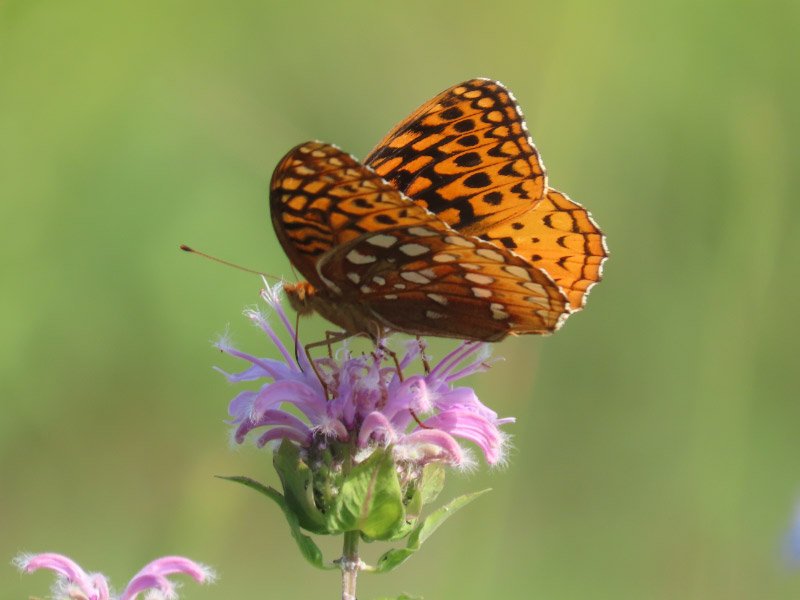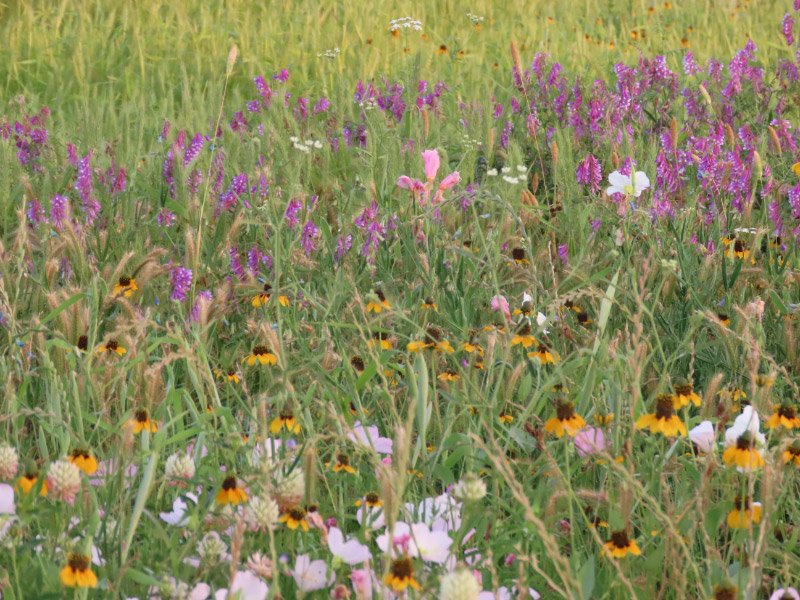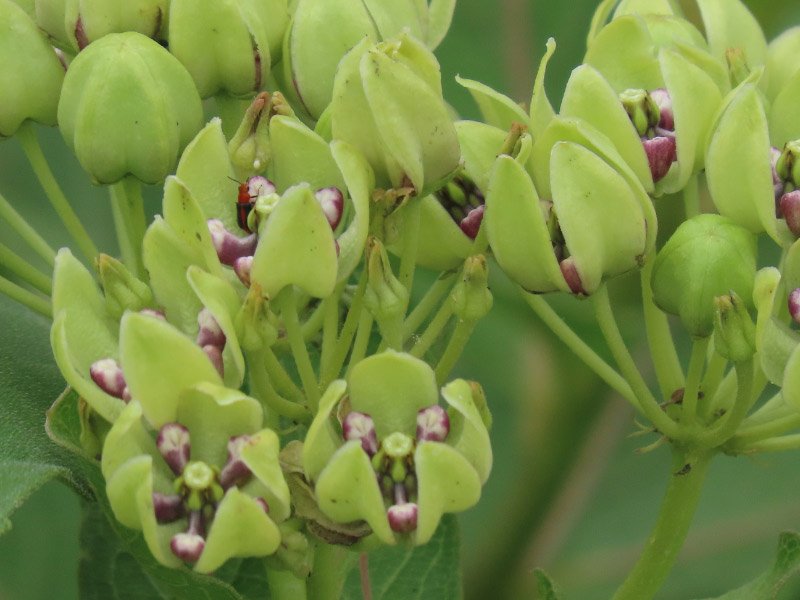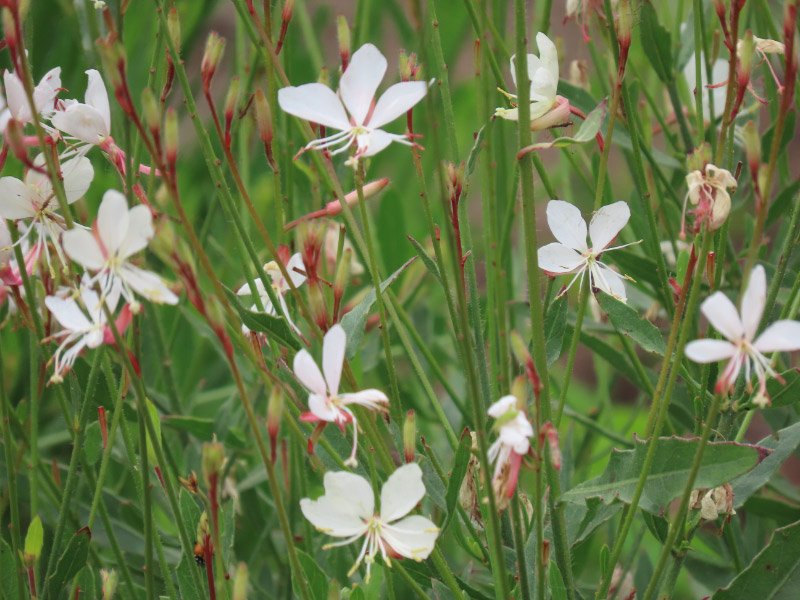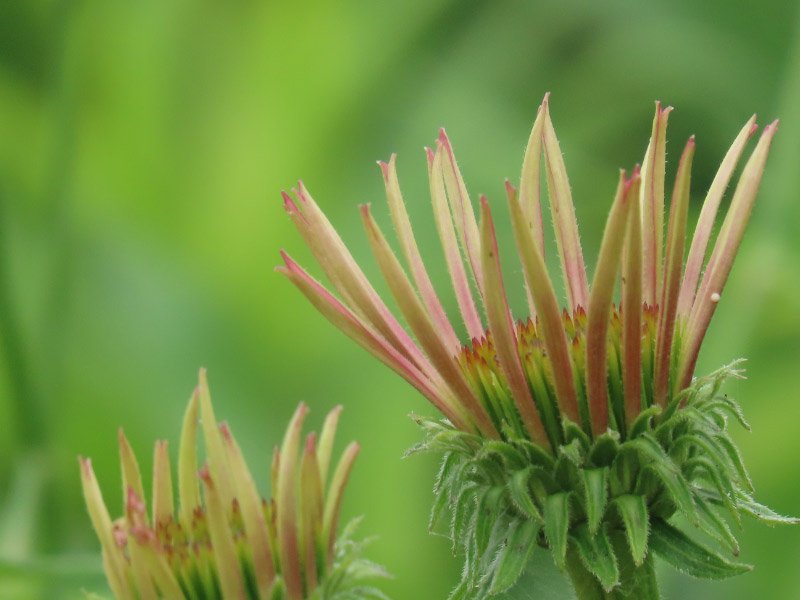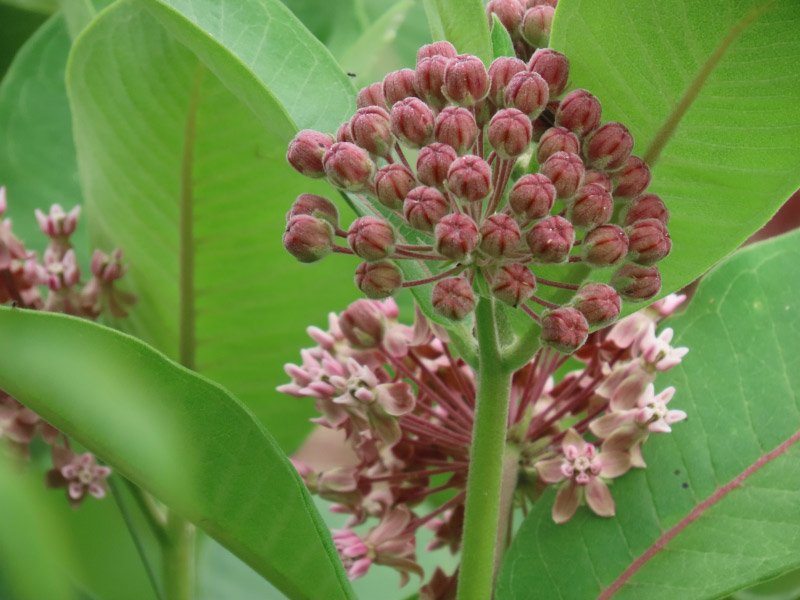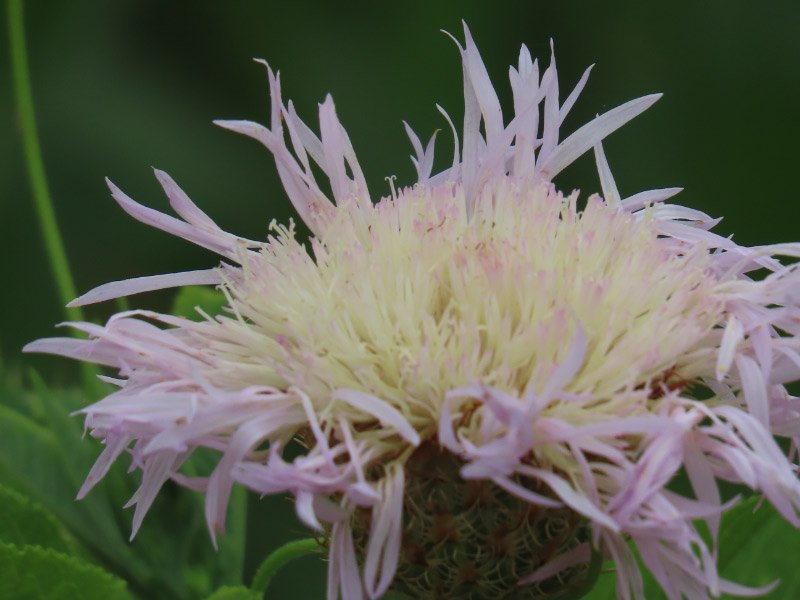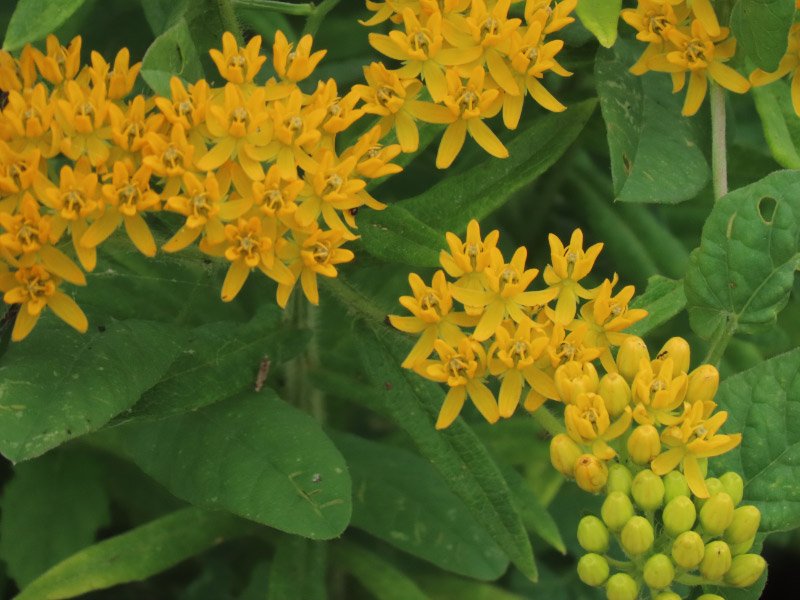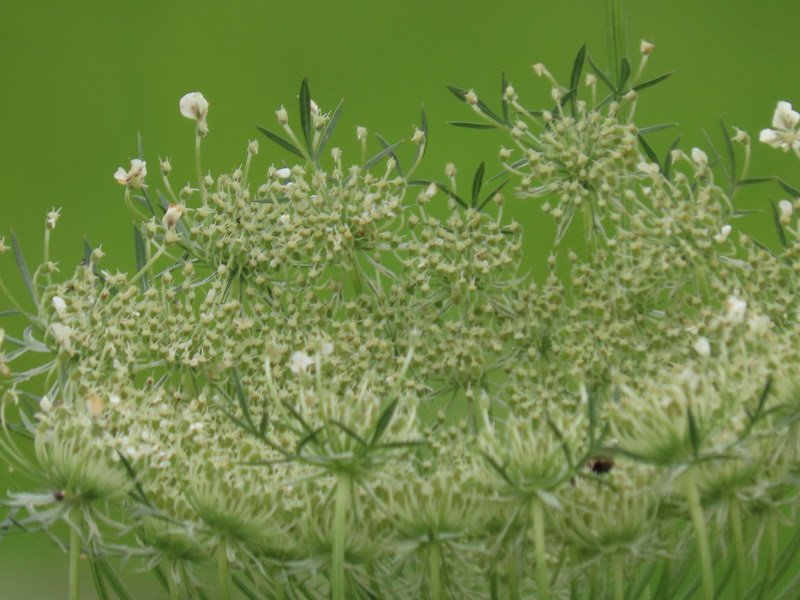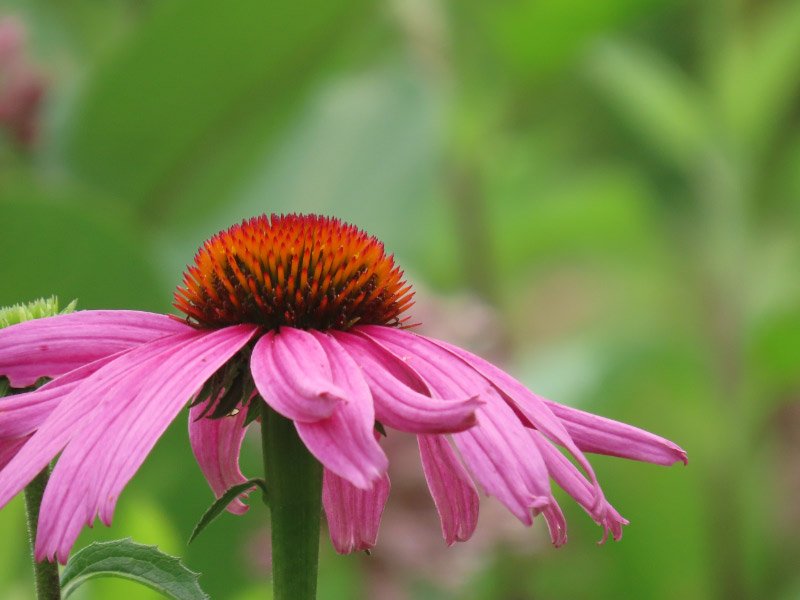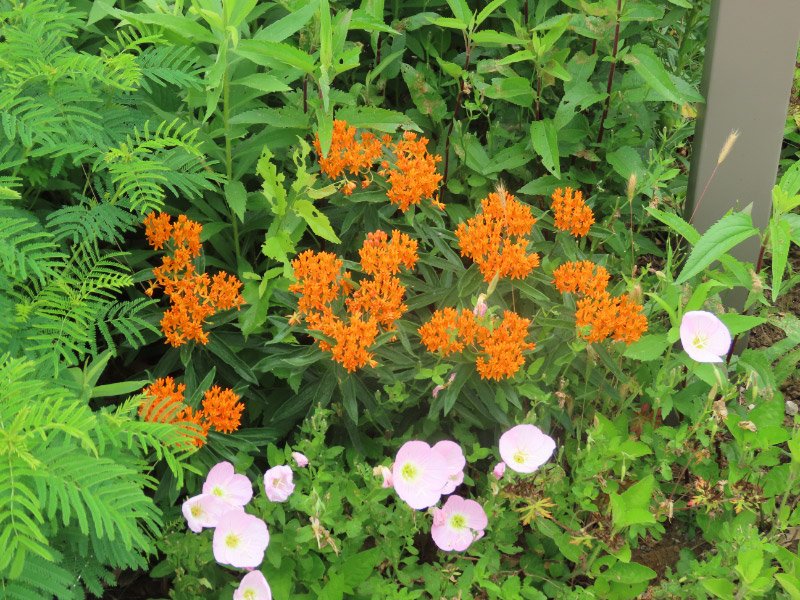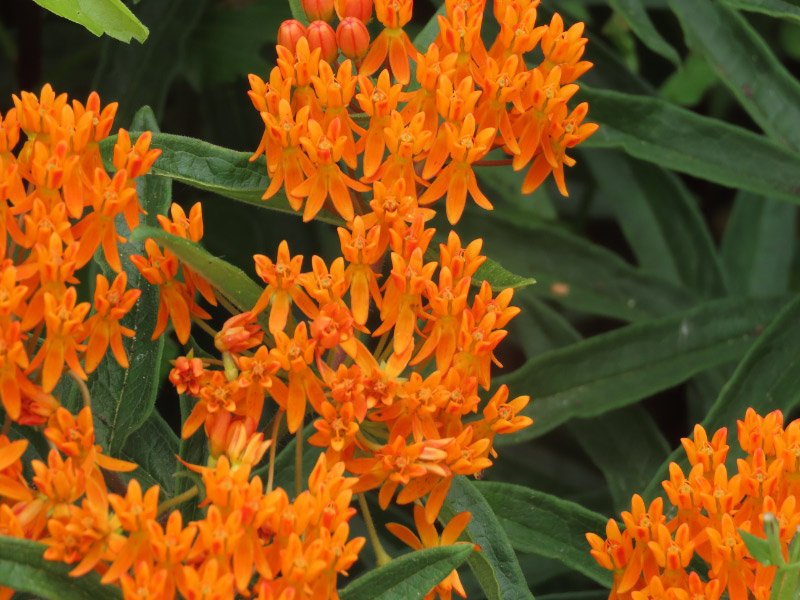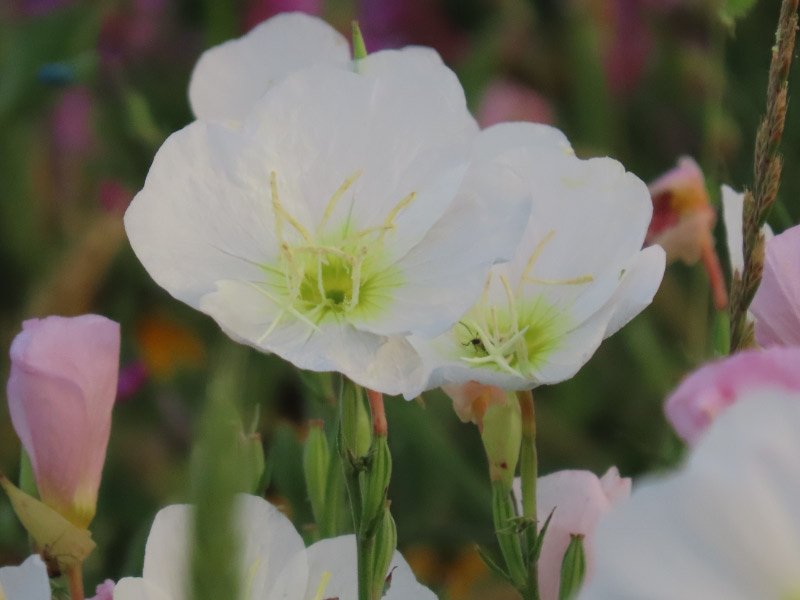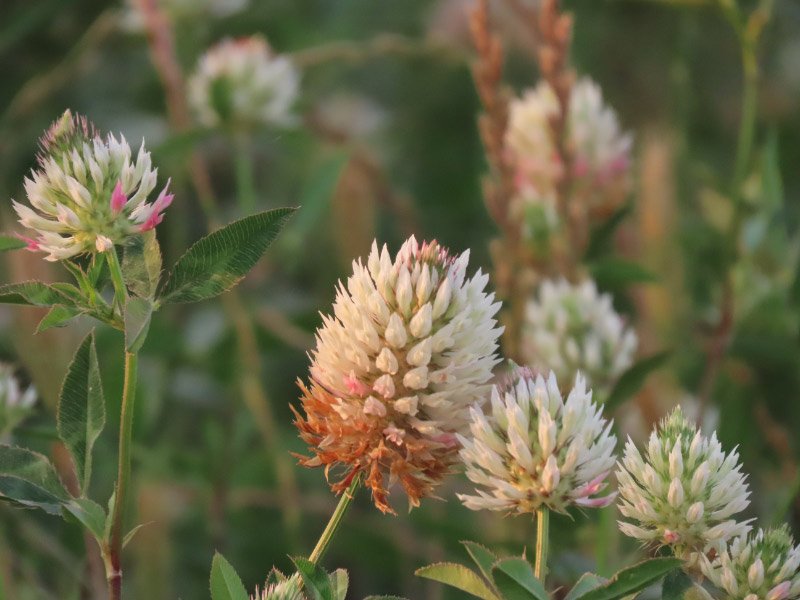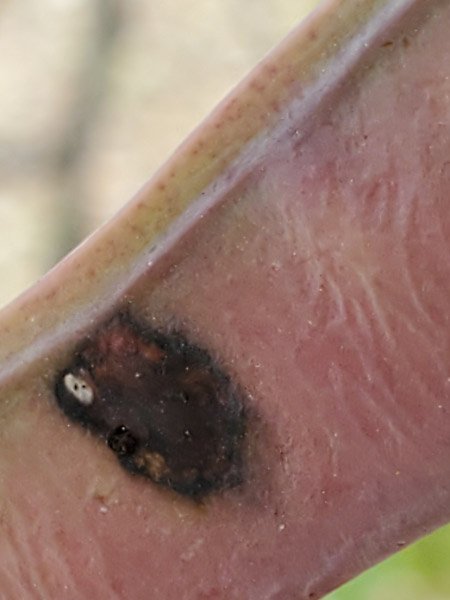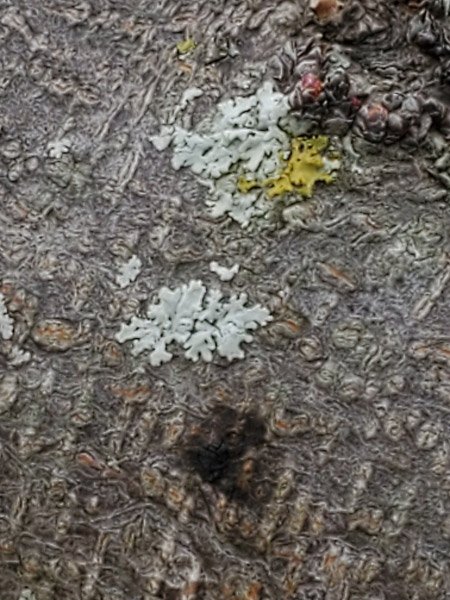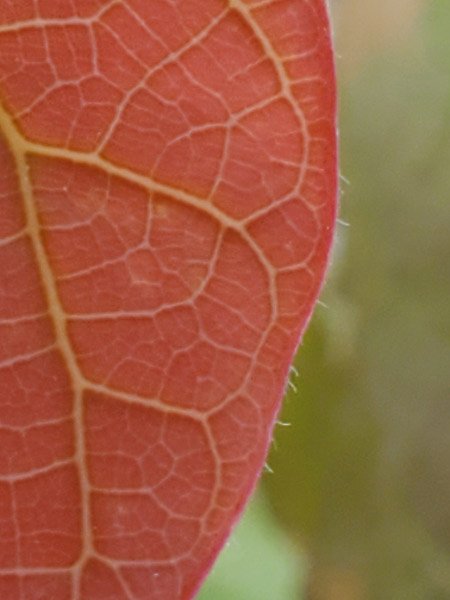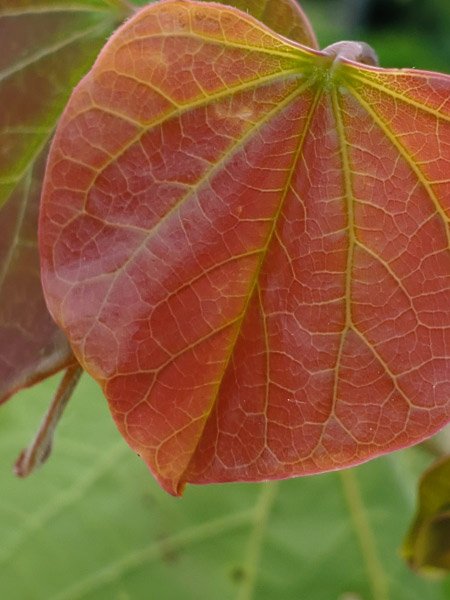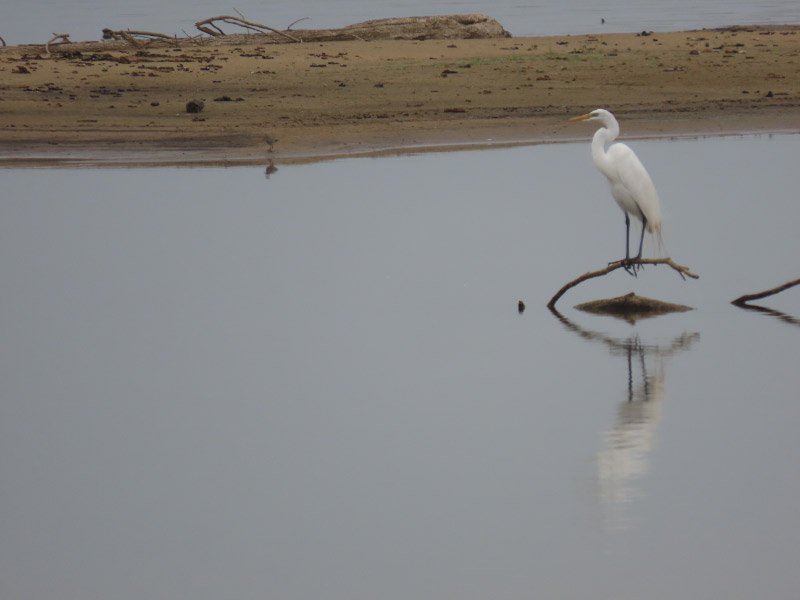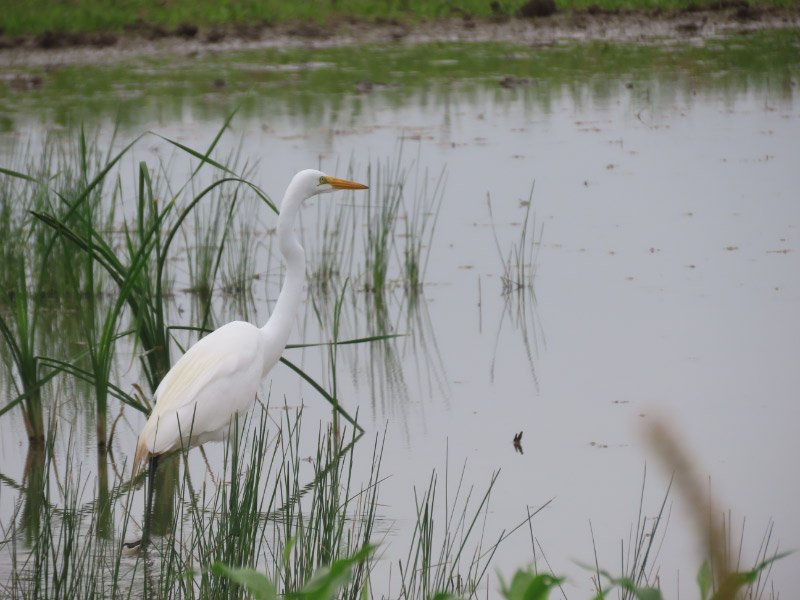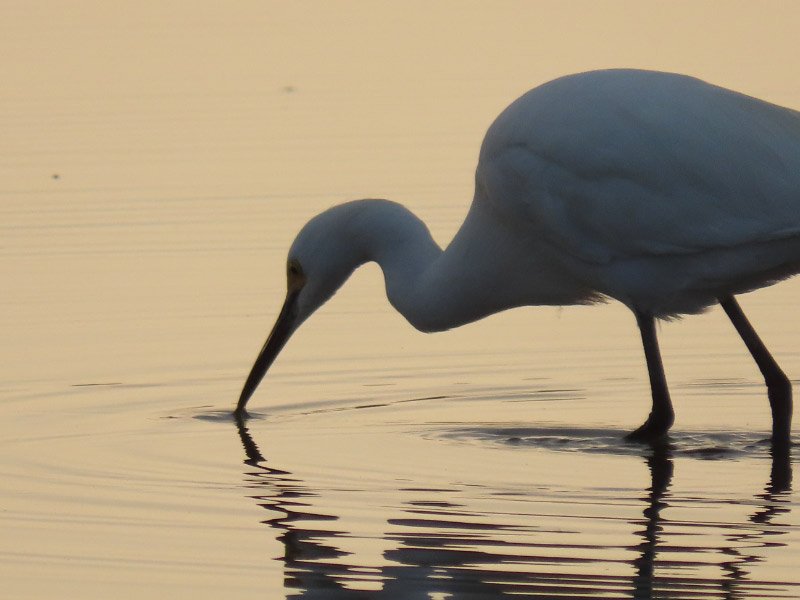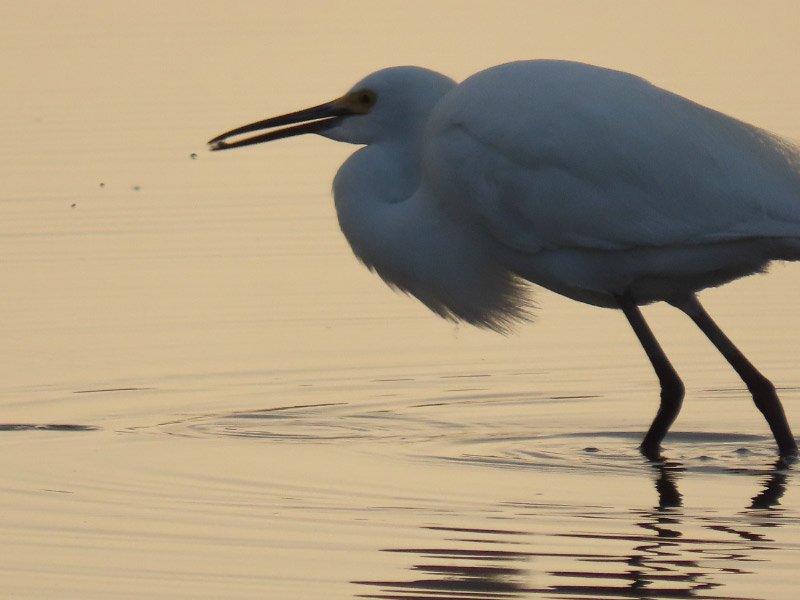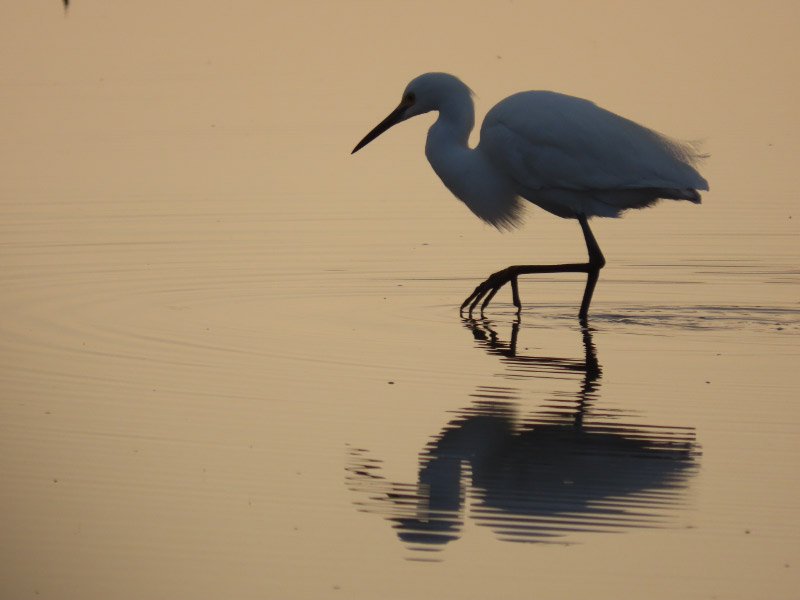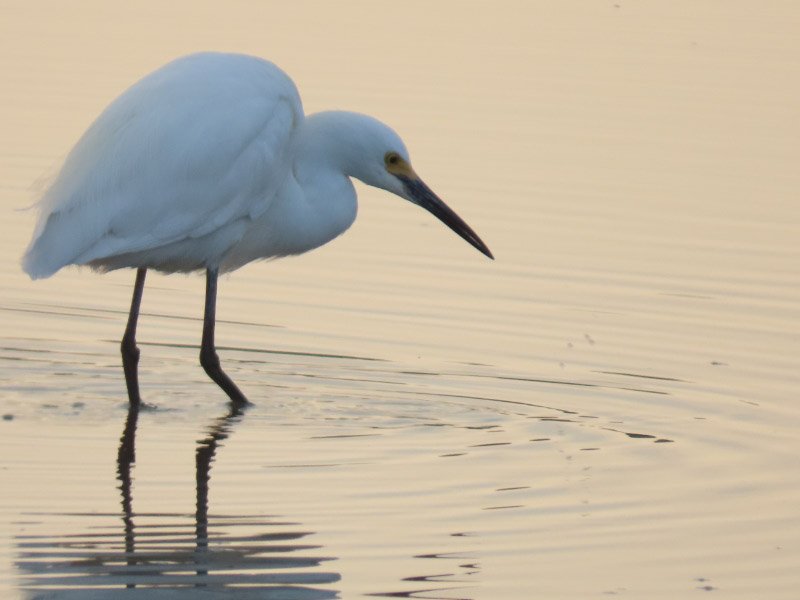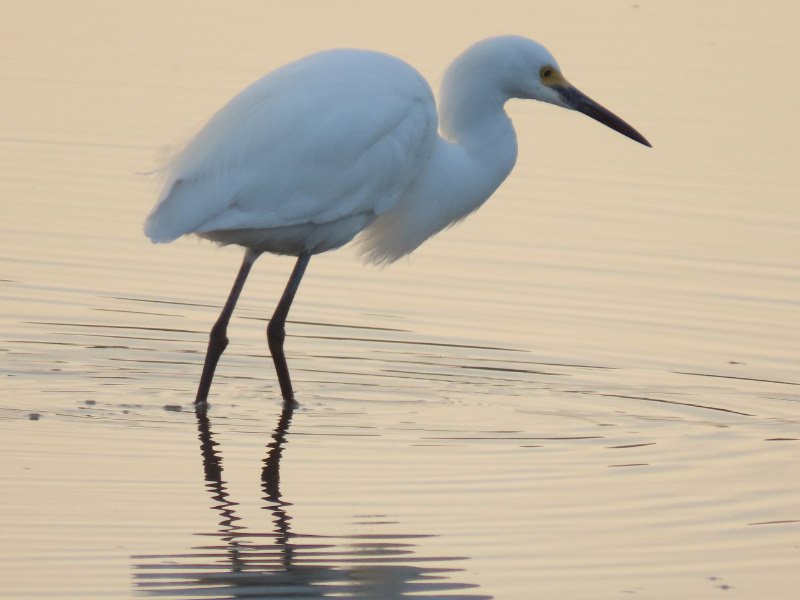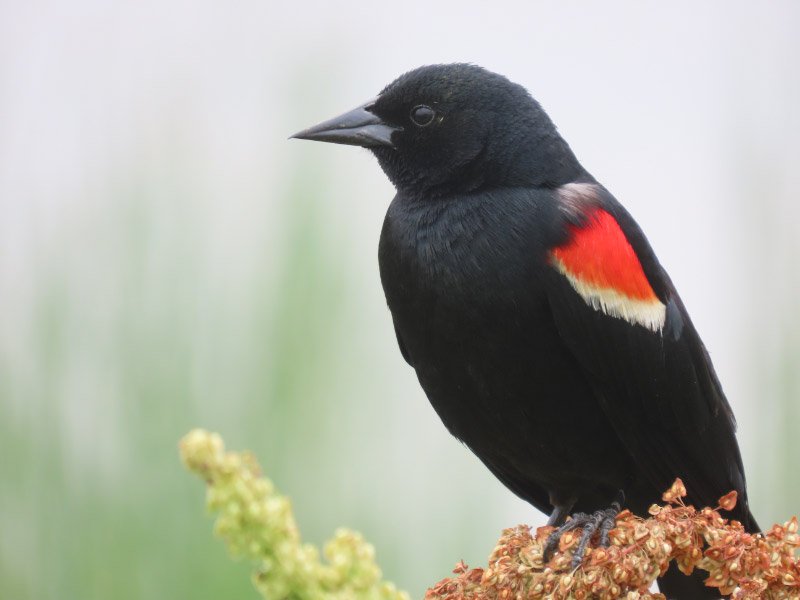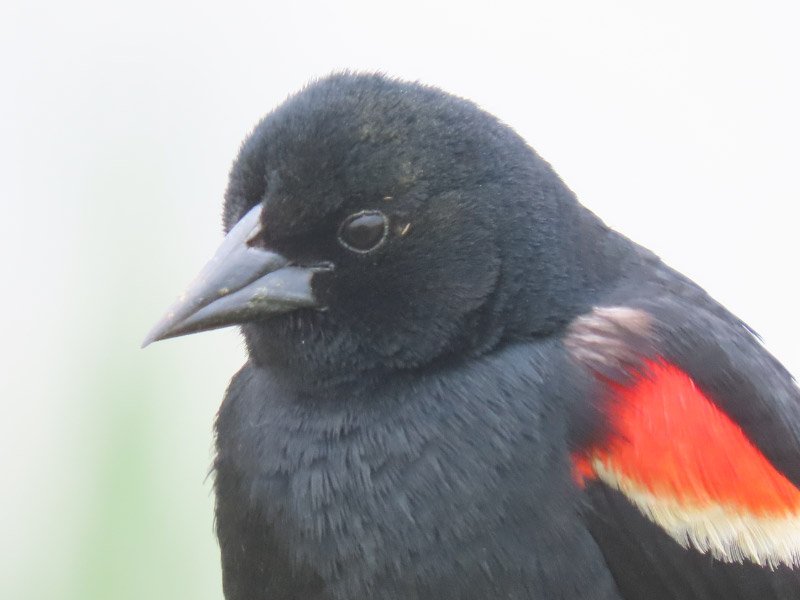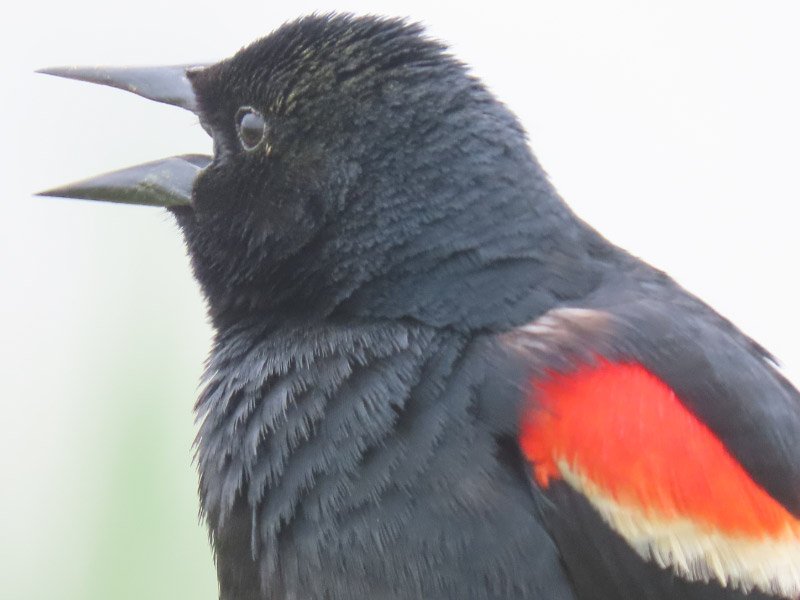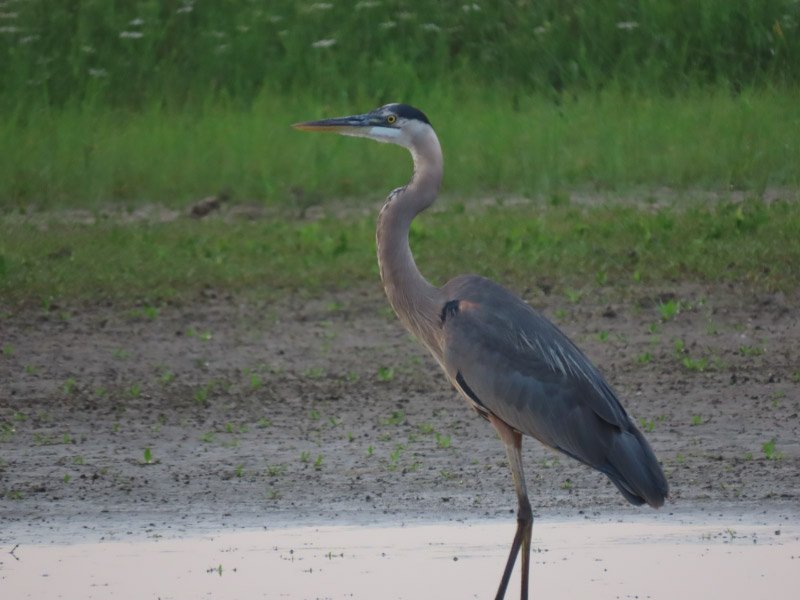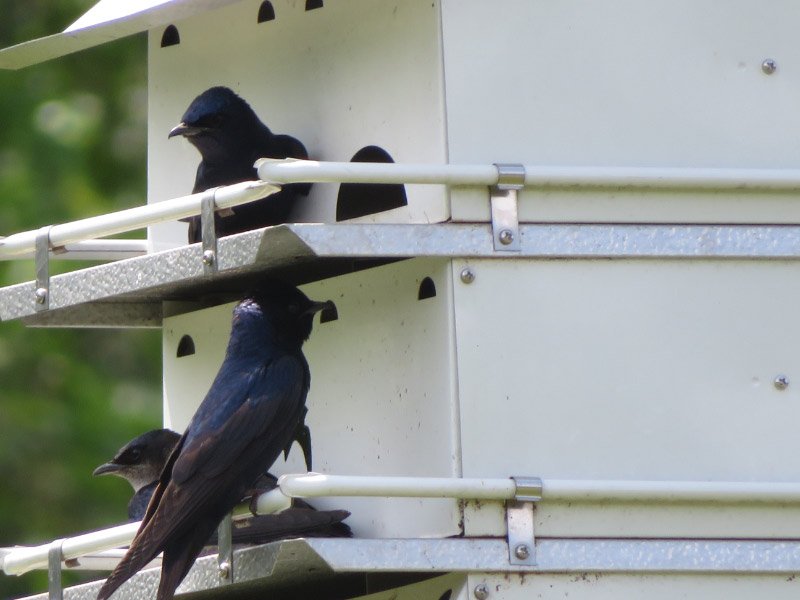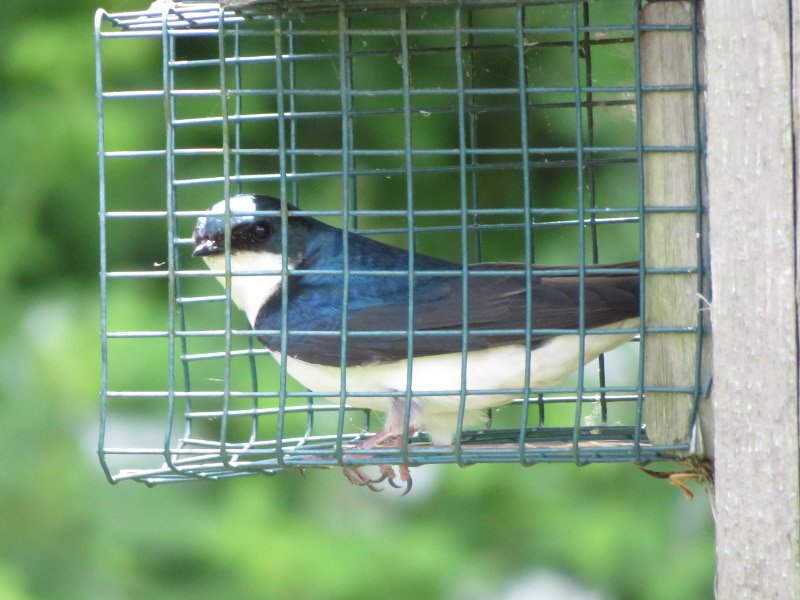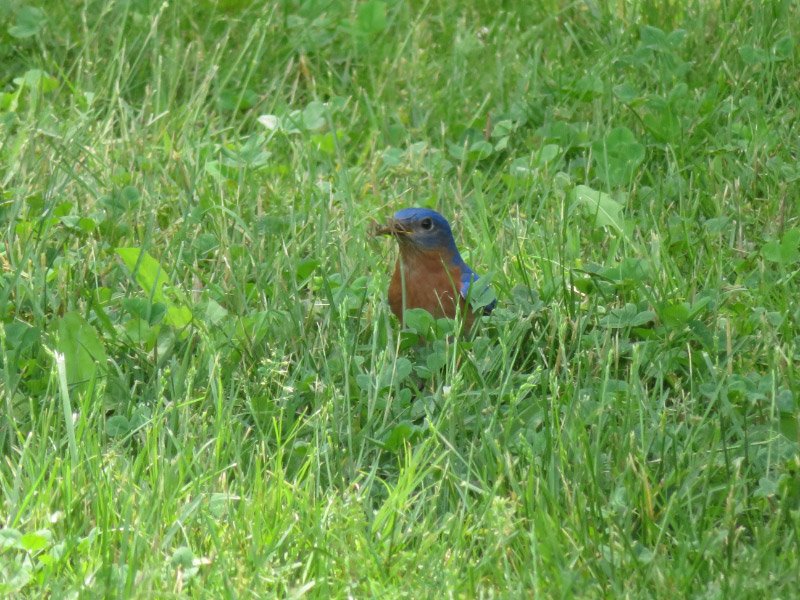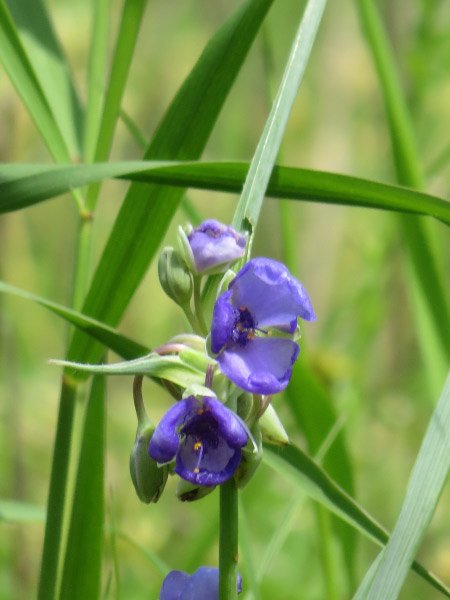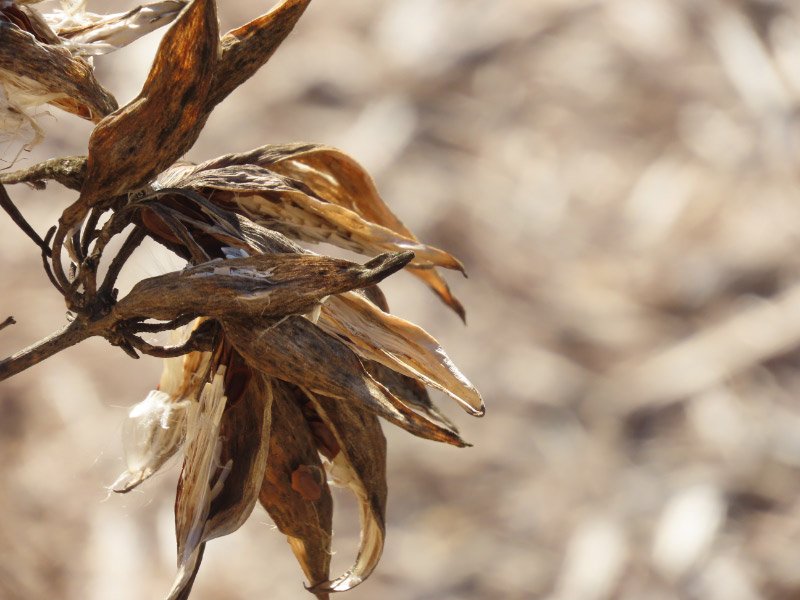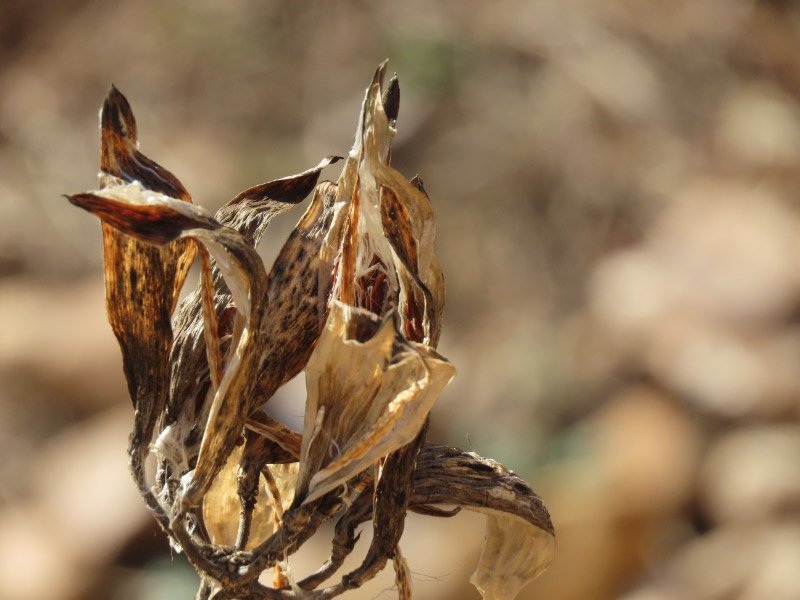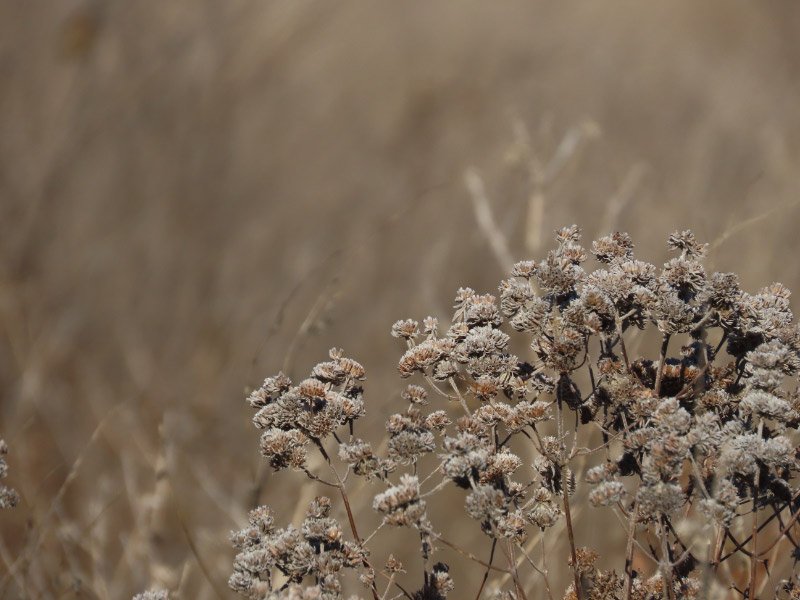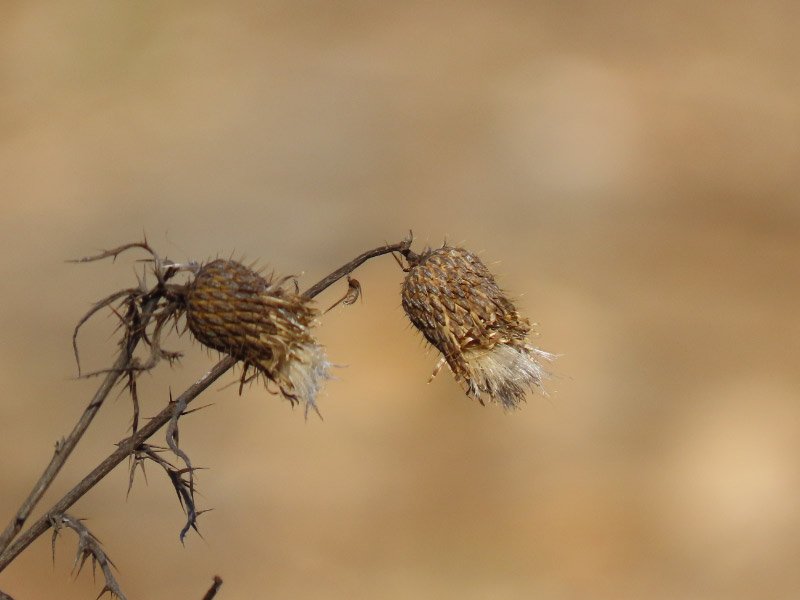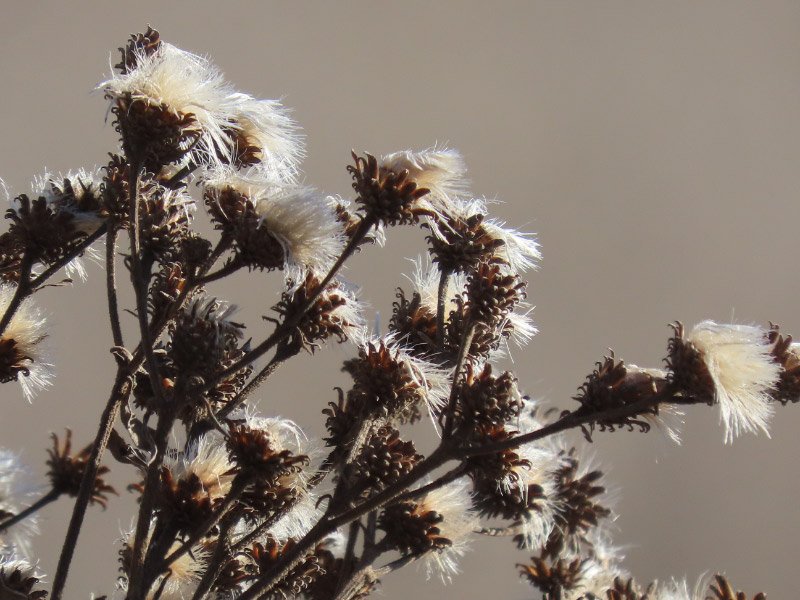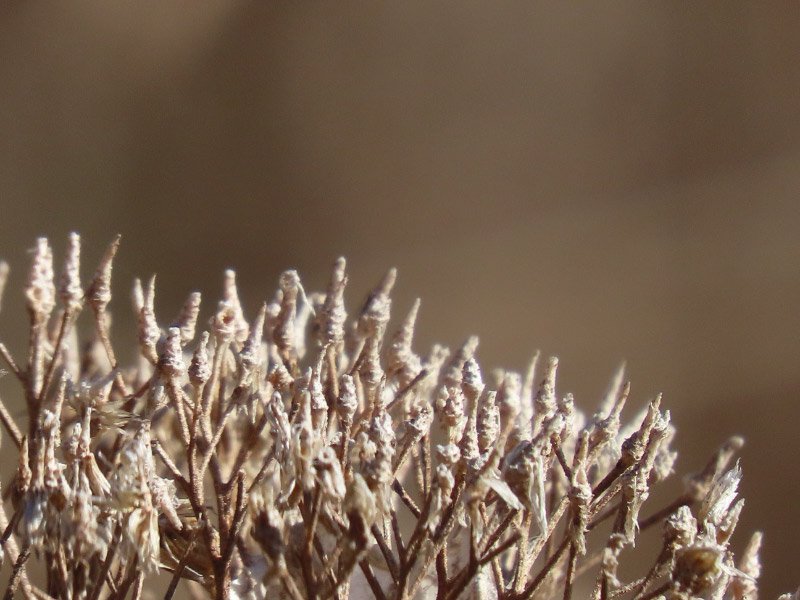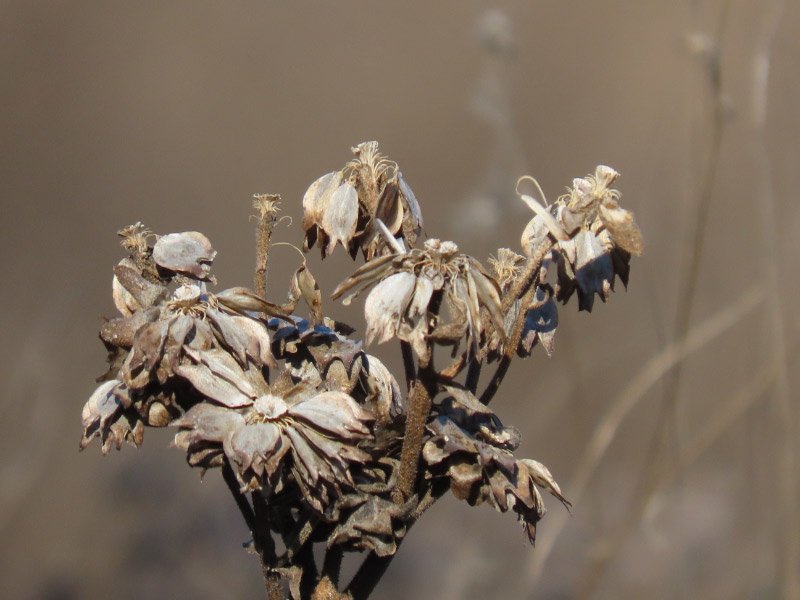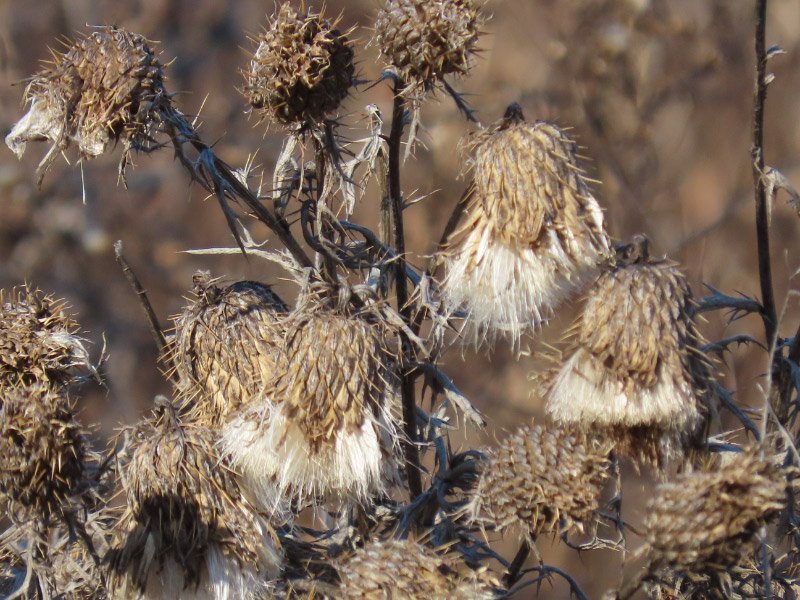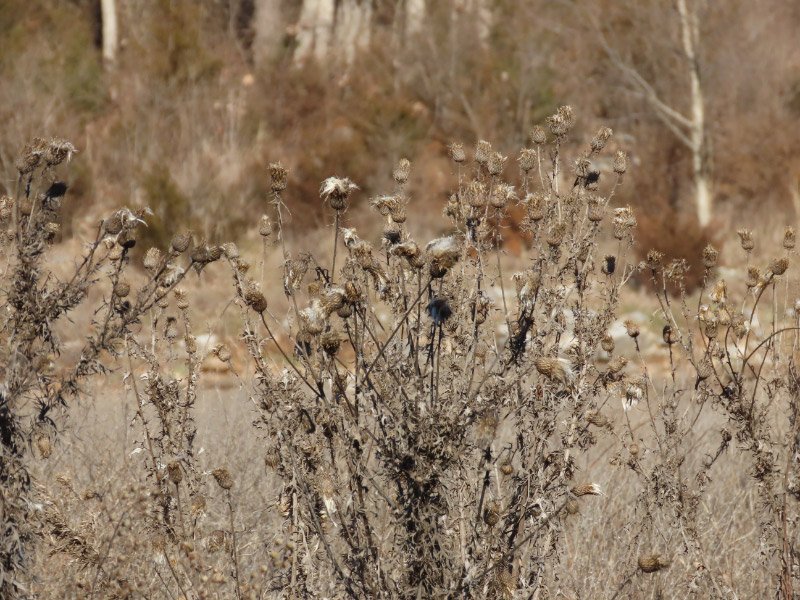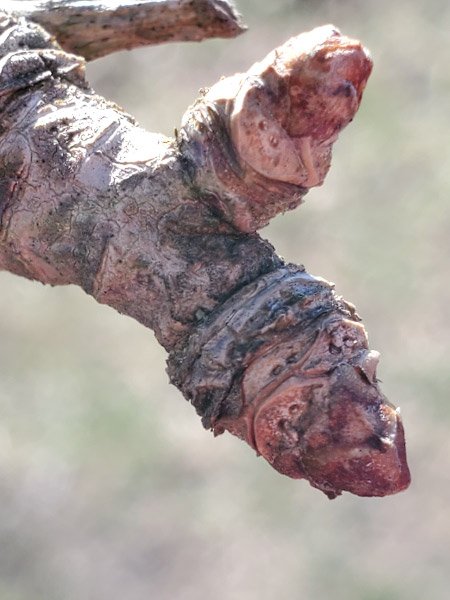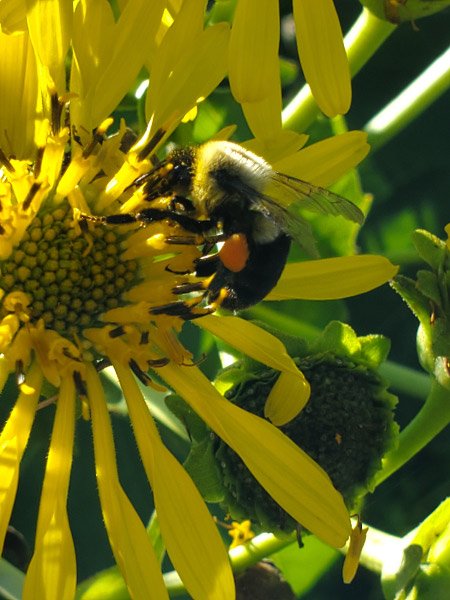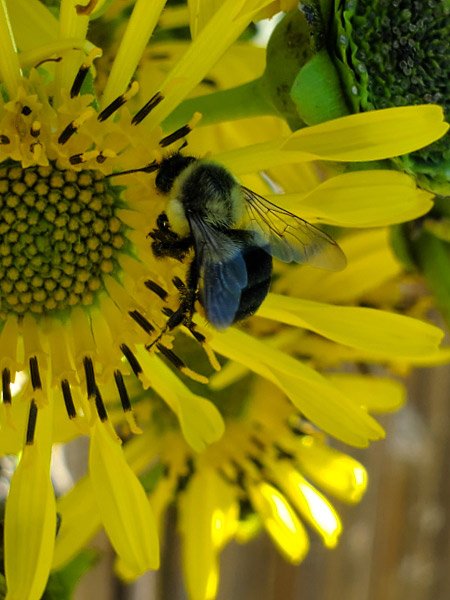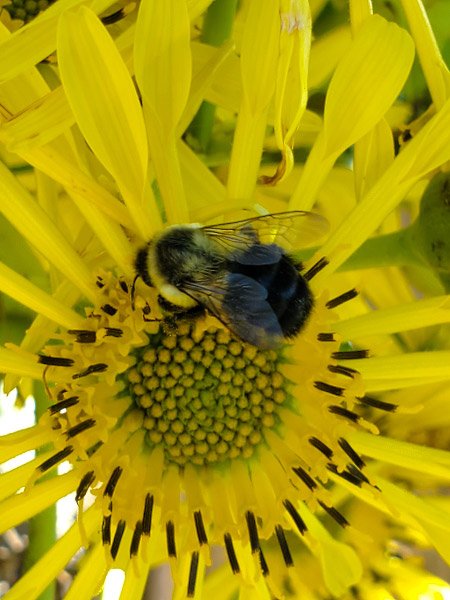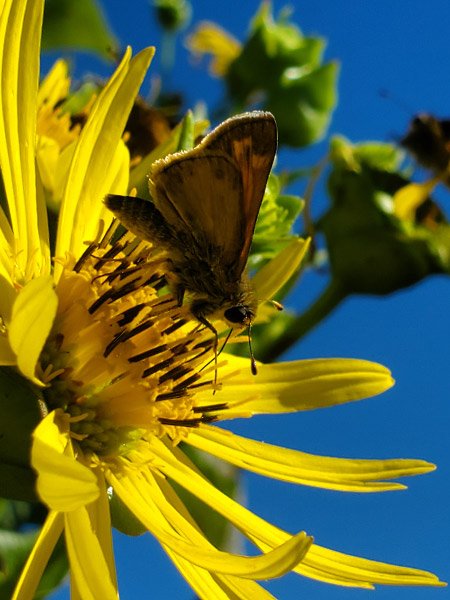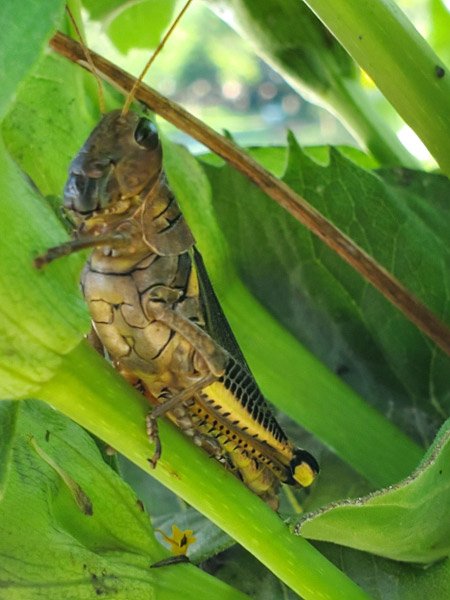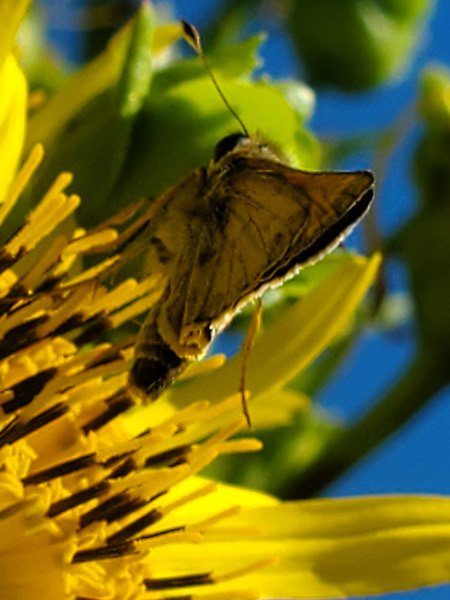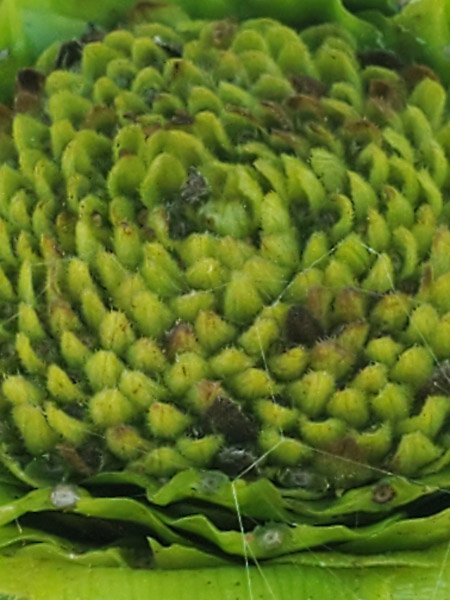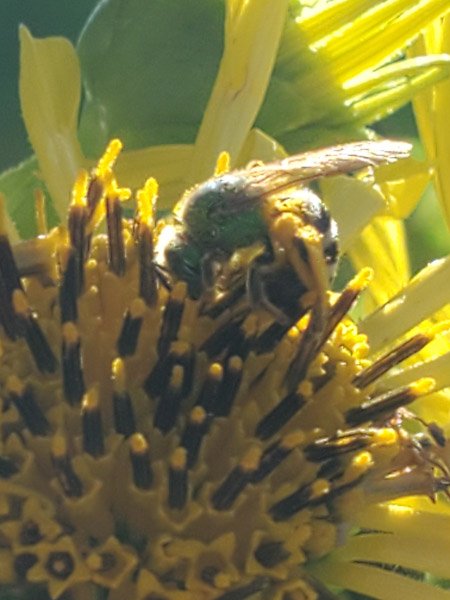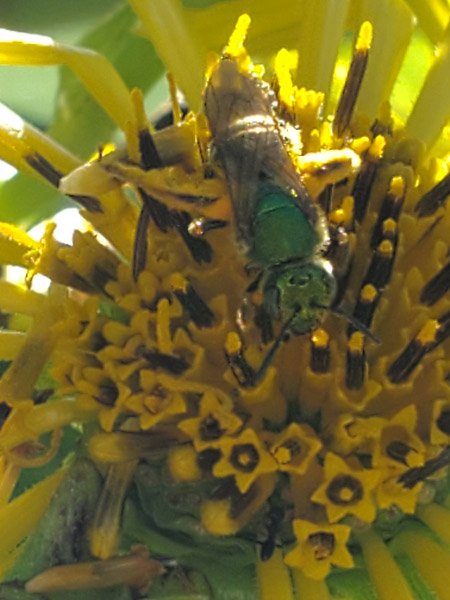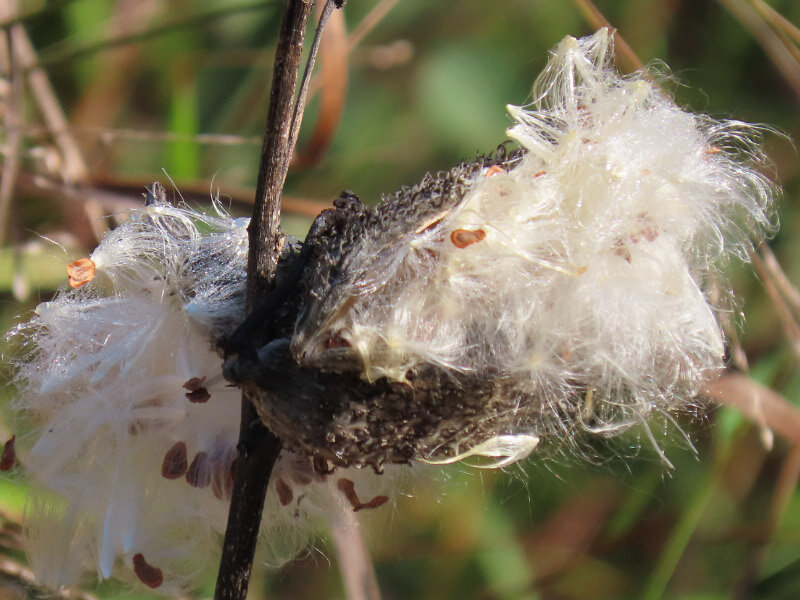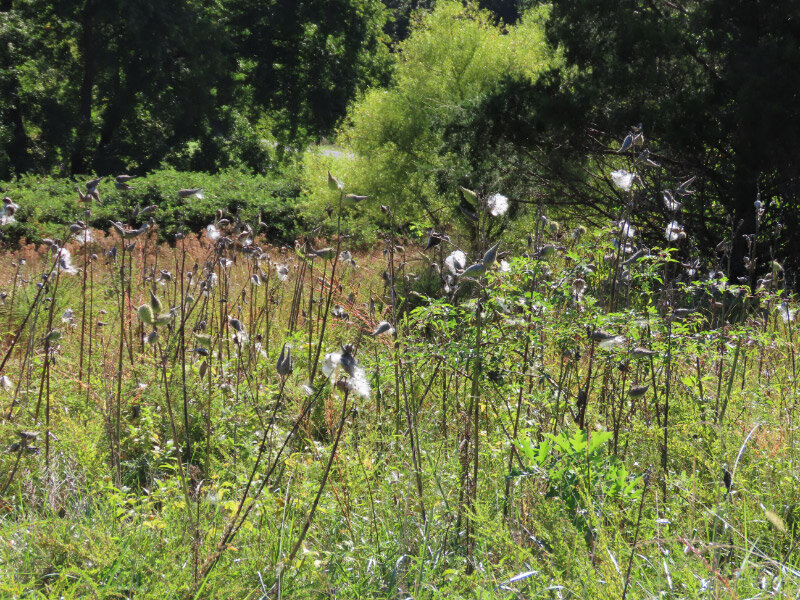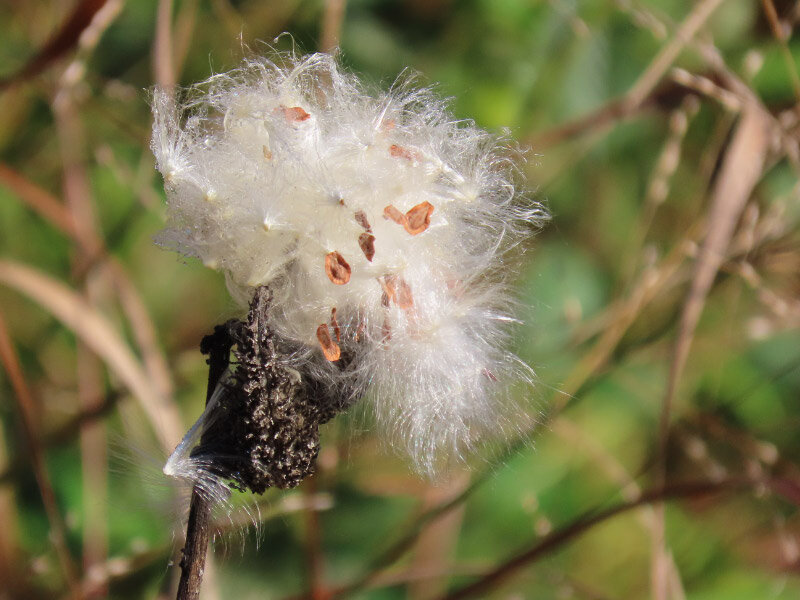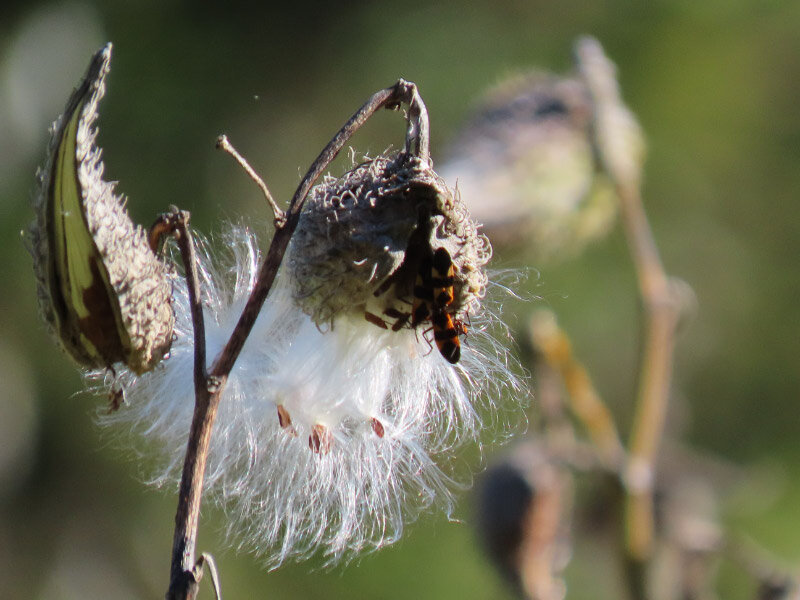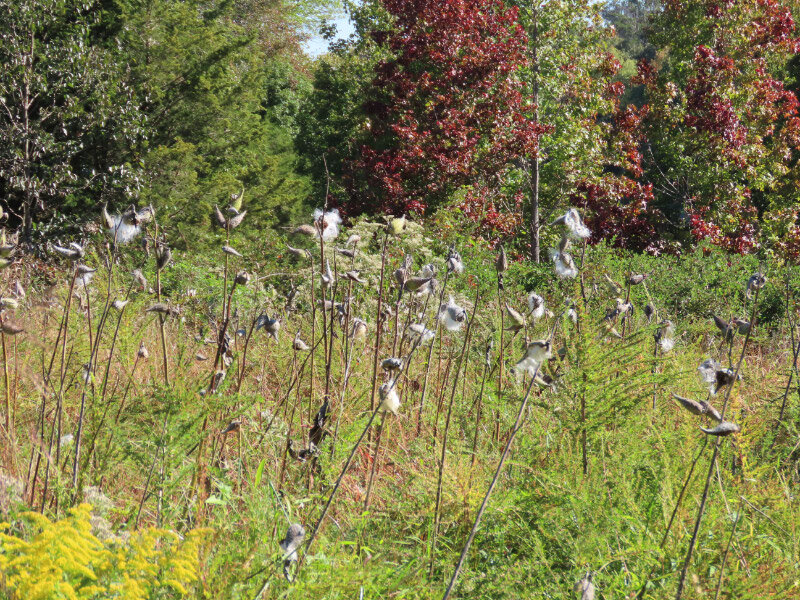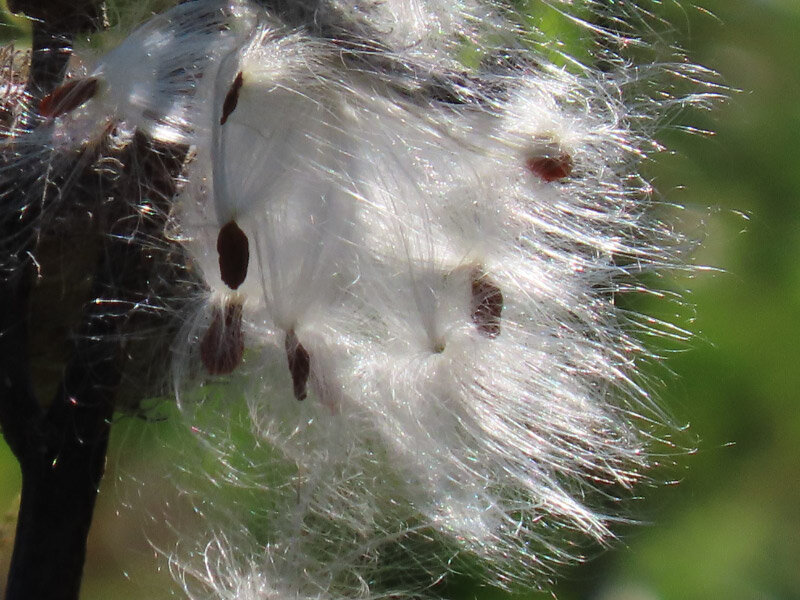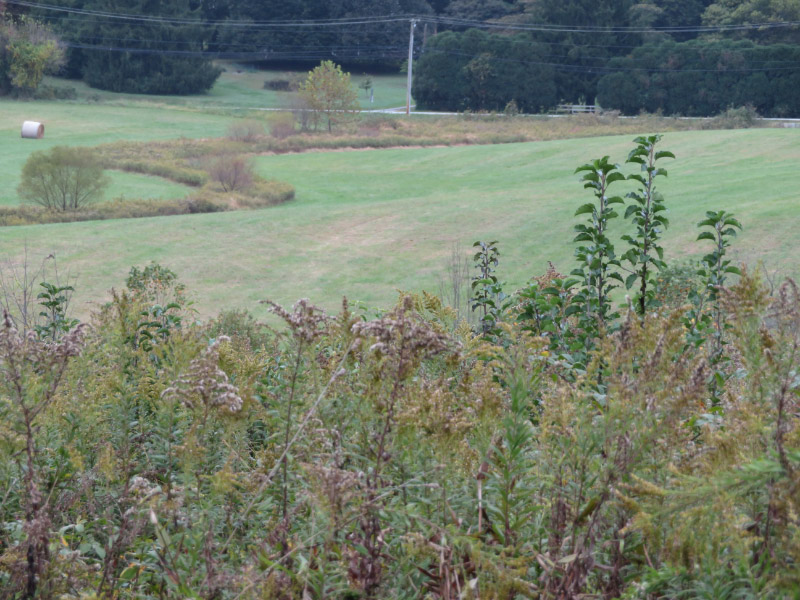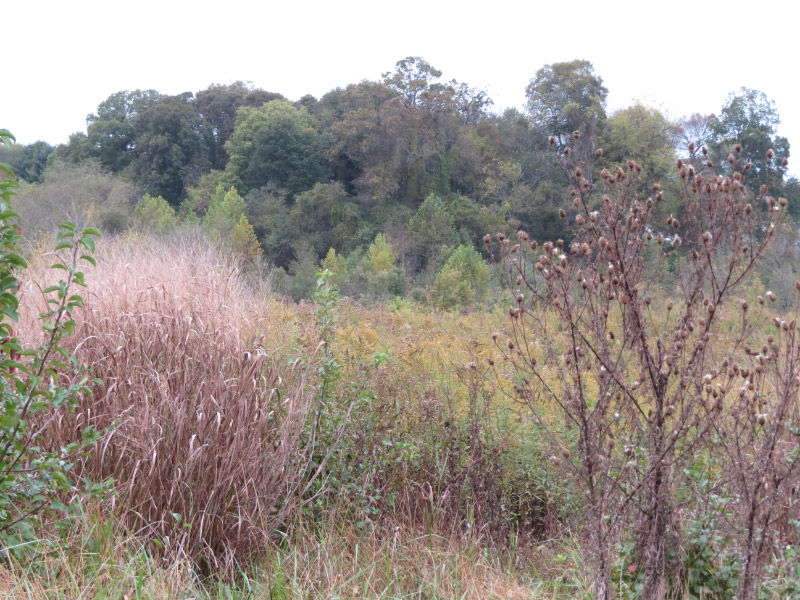The items below were ‘the cream’ of the articles and websites I found this past week. Click on the light green text to look at the article.
Dead trees around the world are shocking scientists – Hotter droughts are impacting forests more than anticipated. According to one 2019 study, global greening stopped more than 20 years ago, and vegetation has been declining since, all because of the drought-amplifying effects of warming. Forests are being forced into a transitional phase as they are impacted by the pressures of warmer temperatures, drought, fires, and insects. Perhaps the forests of the future will look very different from the forests that existed in the late 1900s.
Visiting the Grand Canyon will get more dangerous – A heat-related death was reported in July. As the summer days get hotter in the coming years, the risk will increase. I wonder if the peak visitation times at the National Park will shift to spring and fall rather than summer.
Study confirms link between concealed carry weapons and gun homicide rates – The study included 832 counties in the US from 2010 to 2018. "People aren't using concealed guns in public defensively to thwart potential homicides. Rather, having more guns in public through concealed carry appears to be more dangerous and leads to higher homicide numbers.”
This Arrowhead Was Made from a Meteorite 3,000 Years Ago – Found in Switzerland in the 1870s…. examined with X-ray tomography and gamma spectrometry recently. Based on the chemical composition, the researchers say it may have been made from a meteorite that fell in Estonia aroud 1500 BCE; a fragment must have reached Switzerland through trade.
Skin cancer screening guidelines can seem confusing – three skin cancer researchers explain when to consider getting checked - Since the early 1990s, the incidence of melanoma has risen dramatically in the U.S. This increase may be due in part to more emphasis on early detection. Despite this, the rate of death per capita from melanoma has remained unchanged over the last 40 years!
Over one million acres of tribal land submerged by dams in the US, research finds - Over the centuries, colonial settlers and the federal government have acquired over two billion acres from Native nations through various policies, including forced removal, allotment, and the reservation system.
Are You Ready to Have an Immersive Experience — With Your Home Yard? – I am gradually reducing the amount of my lawn…a little this first year in the house….more next year…and every year thereafter until there is very little – if any – grass to mow. Our homeowners’ association has ‘rules’ that I am currently following by simply extending flower beds around the house and making beds in the corners of the back yard. Hopefully by the time I want to turn more of the grassy areas to meadow, the project to create a meadow around the neighborhood ponds will be a success…and the ‘rules’ will change.
Rising methane could be a sign that Earth’s climate is part-way through a ‘termination-level transition’ - Since 2006, the amount of heat-trapping methane in Earth’s atmosphere has been rising fast and, unlike the rise in carbon dioxide (CO₂), methane’s recent increase seems to be driven by biological emissions, not the burning of fossil fuels. Natural variability…or the beginning of a great transition in Earth’s climate?
Wildfires and farming activities may be top sources of air pollution linked to increased risk, cases of dementia - Particulate matter air pollution from agriculture and wildfires might be more neurotoxic compared with other sources.
8 Great U.S. National Parks for Birding – Everglades, Hawai’i Volcanoes, Saguaro, Congaree, Channel Islands, Zion, Redwoods, and Yellowstone. I’ve been to 6 out of the 8!



























































